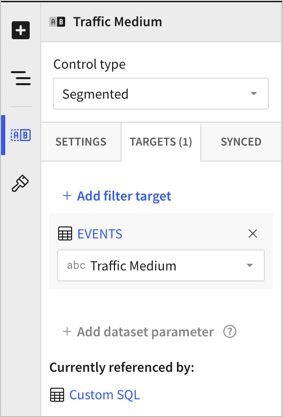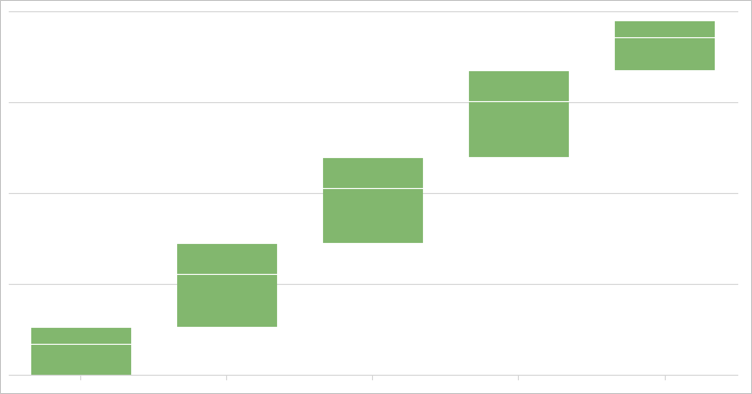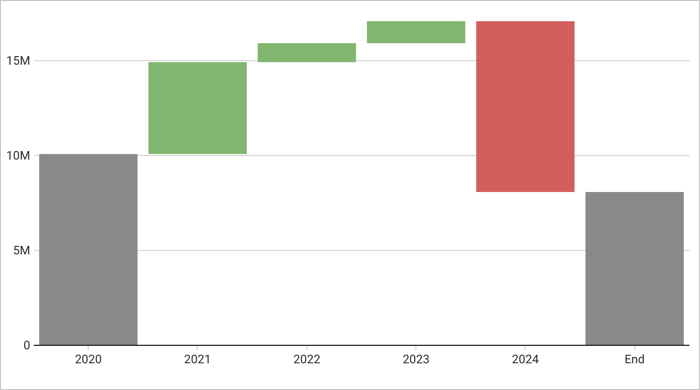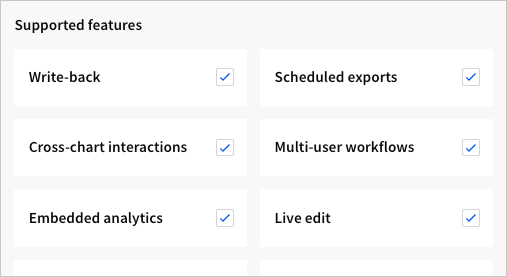Admin
Import data from an image (Beta)
If you have an OpenAI integration configured, you can now import data from an image of a table or a simple chart. The data is parsed and uploaded to a connection with writeback support, then you can start exploring the data in a workbook.
For more information and recommendations, see Import data from an image (Beta).
Embeds
Authenticate secure embeds using JSON Web Tokens (JWTs) (Beta)
Sigma supports authenticating secure embeds using JSON Web Tokens (JWTs). JWTs are compact, URL-safe tokens that can be digitally signed, ensuring that the data they contain is tamper-proof. Using JWT-signed URLs for your embeds offers several advantages, including offering a secure way to embed content that can be accessed by both external users and internal users.
For more information, see Create an embed API with JSON web tokens (Beta).
Workbook elements
Paste 2,000 rows in input tables on Snowflake connections
When populating data in input tables on a Snowflake connection, you can now paste up to 50,000 cells at once (2,000 rows and 25 columns).
For more information, see Intro to input tables.
Waterfall chart (GA)
Waterfall charts are now generally available (GA). Build a waterfall chart to show changes in data over a period of time. Waterfall charts are perfect for financial analytics use cases where you track revenue and spend for a project, department, or an entire organization, and other use cases. You can format the shape, start, and end values of a waterfall chart as well.
For more information, see Build a waterfall chart.
Bug fixes
- Sorting pivot columns in a pivot table with more than 25,000 cells of data now works as expected.










